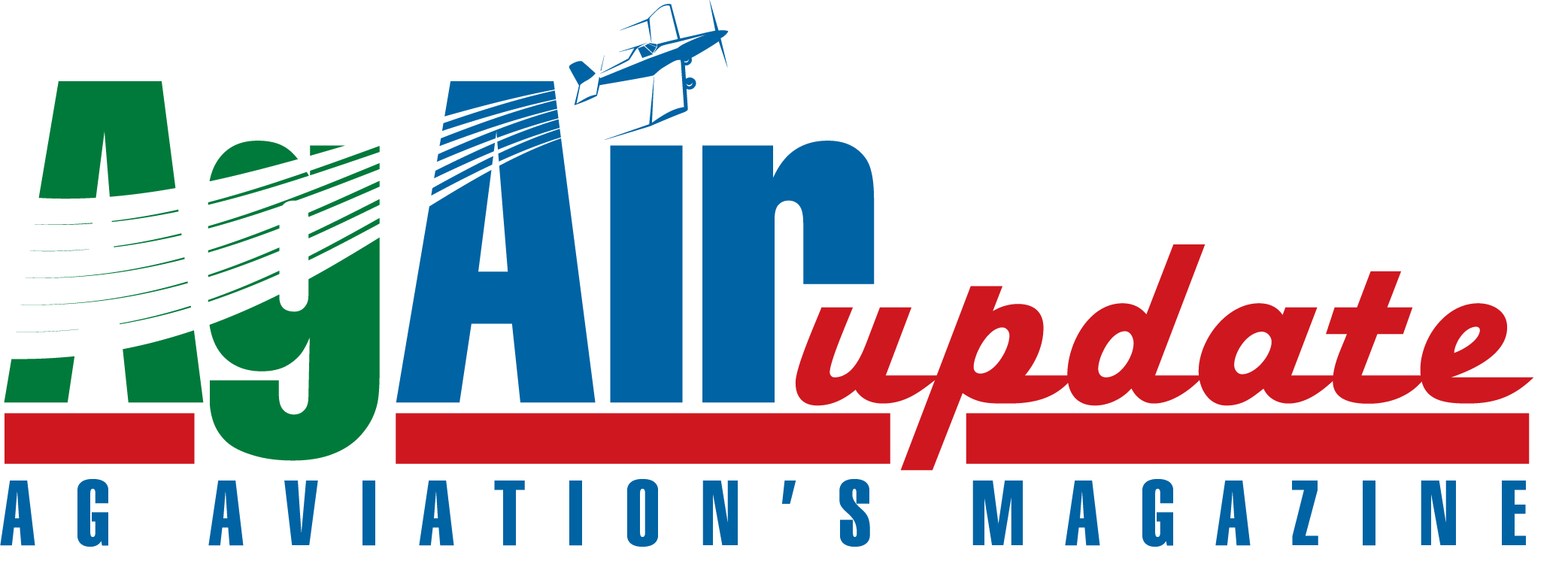What’s Happening with Dicamba Drift?
By John Garr and Jerry Green, GarrCo Products
Other than the news about the impending huge mergers, the biggest chemical news this summer has been about the large amount of drift from illegal applications of dicamba made on dicamba-tolerant soybeans. One reporter characterized it as a “scofflaw,” the blatant flouting of a law that is difficult to enforce.
The commercialization of synthetic auxin-tolerant crops, dicamba-tolerant from Monsanto and 2,4-D tolerant from Dow AgroSciences has created a lot of excitement because it will provide a desperately needed way to control some of the “super weeds” that are resistant to glyphosate and other herbicides. These herbicide-tolerant (HT) crop systems called Roundup Ready® 2 Xtend and Enlist™ will enable new uses of some very old herbicides. 2,4-D was the first herbicide commercialized in 1947 and dicamba in 1967.
The big potential problem for both is drift. Dicamba and 2,4-D have a long history of drift problems and the new application scenarios on a huge number of acres have stirred a great debate around their safety. If there is drift, there will be no hiding it because these auxin herbicides cause very distinctive symptoms.
How much is too much?
Drift can happen without any symptoms – next month we will discuss the famous principle that the dose makes the poison. Most non-target organisms tolerate most pesticides. When fungicides and insecticides drift, they do not damage nearby crops and few notice if some bugs die. The problem for dicamba and 2,4-D is that a very low dose of these herbicides can cause a lot of injury to sensitive plants including some endangered species.
The big company solution
Monsanto and BASF are developing new formulations of dicamba with claims of high efficacy, low volatility, and improved deposition. Monsanto is developing a formulation with the diglycolamine salt of dicamba in combination with a new salt of glyphosate under the trade name Roundup Xtend™ with VaporGrip™ technology. Monsanto will also sell dicamba alone under the trade name XtendiMax™. BASF is developing a new complex salt of dicamba under the trade name Engenia™. BASF has sold dicamba for 50 years, and according to our count, this is their sixth dicamba formulation.
Dow is developing a formulation of a new salt of 2,4-D with the dimethylamine salt of glyphosate under the name Enlist Duo™ with Colex-DTM technology. You can buy 2,4-D for less than a dollar per acre so the new salt, adjuvants and formulation ingredients greatly increased the value of this 2,4-D, probably 20 to 100-fold. We wish we could just tank-mix them with the product.
The new salts reduce volatility. To address spray particle drift, the new products rely on an array of application directions to improve droplet size distribution and increase deposition such as nozzle type and orientation, spray pressure, boom height, droplet size, wind speed, ground speed, air temperature, tank-mix partners, buffer zones and drift mitigation adjuvants.
The curious case of dicamba on soybeans
Currently, many news headlines are about widespread damage to nearby fields from the illegal use of dicamba on the newly introduced genetically modified dicamba-tolerant soybeans. An unusual situation occurred when regulators approved the planting of dicamba-tolerant soybeans before they approved dicamba to apply on it.
Many farmers in the South were desperate to use dicamba to control Palmer amaranth, a ‘super weed’ resistant to glyphosate, and illegally applied currently available dicamba formulations. Of course, it drifted and injured very sensitive regular soybeans. The number of affected acres is very high. We do not know how this fiasco will be resolved but it has caused a lot of negative press coverage, regulatory problems, crop injury complaints and will certainly have an impact the regulation of needed technologies in the future.
In contrast, if the new 2,4-D tolerant soybeans had been approved to plant first and farmers illegally used current 2,4-D formulations, the same amount of drift would not have been as noticeable because soybeans are inherently more tolerant to 2,4-D than dicamba. However, 2,4-D drift in that case might have appeared on cotton because cotton is more sensitive to 2,4-D than dicamba, the reverse of soybeans. It is going to get complicated. Applicators will need to be very aware which auxin herbicide they are applying to which auxin-tolerant crop.
The EPA and other government agencies carefully review all the studies companies do to determine the pesticides they approve can be used safely. The safety of these herbicides on non-target organisms was a major factor in the approval process, but many growers proved they will not always follow their rules. It is still unclear how this mess will be resolved.
No aerial application
Fortunately, aerial applicators were not involved in these drift problems. Aerial application of the new formulations of dicamba and 2,4-D is not allowed on HT crops. The key question now is what will growers who so blatantly applied dicamba illegally this year do in the future when the soil gets wet and they cannot apply these technologies with ground equipment. They will be just as desperate as dicamba and 2,4-D will be only effective for a short application window. Aerial applicators may have to tell customers that they cannot apply. We know aerial applicators can do just as good a job as ground applicators and hope that the key companies and EPA will figure out a way to approve aerial applications so growers can take full advantage of these new herbicide tools.
*_photo_1_*





